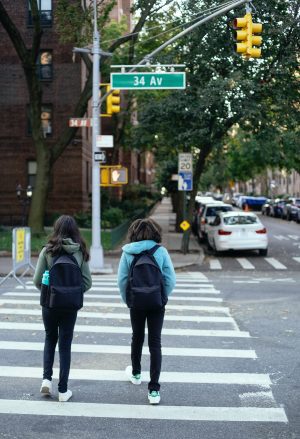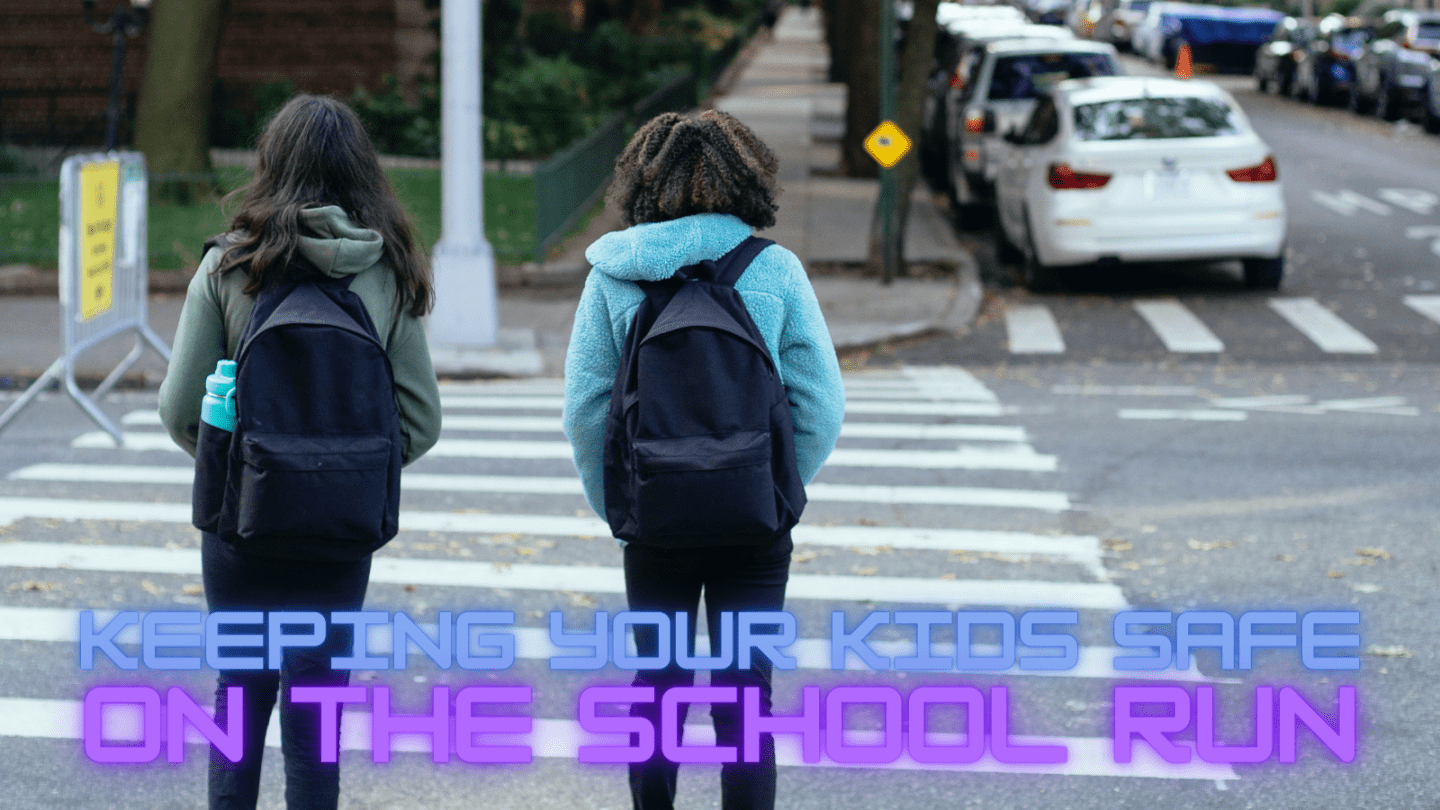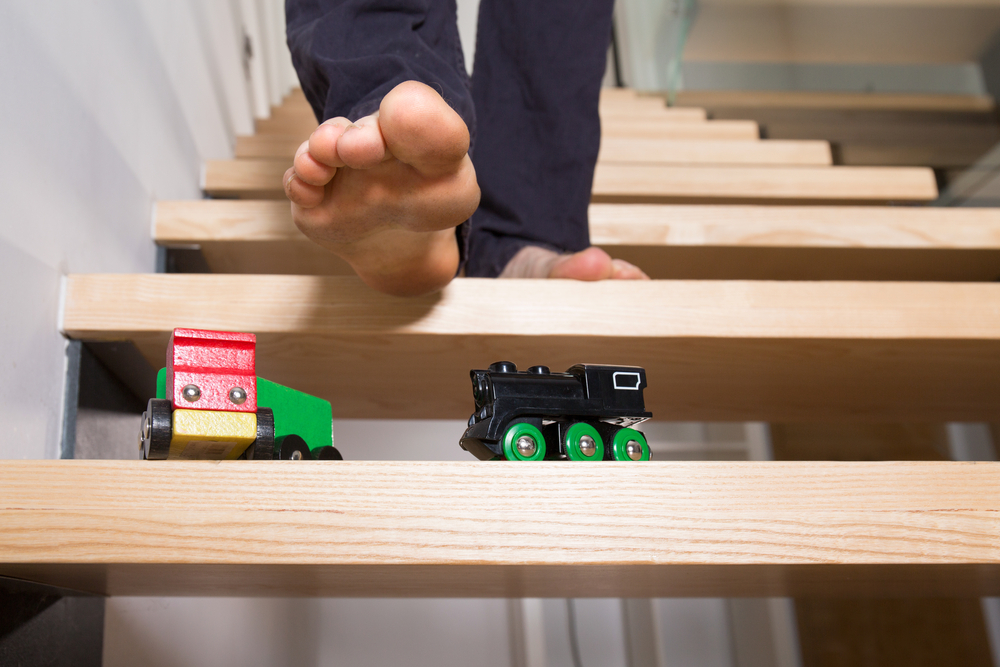1,200 children are injured every month in road accidents located within 500 metres of school, according to the Royal Society for the Prevention of Accidents (RoSPA). This shows the importance of taking special care when little ones are travelling to and from school. But what can you do to make the journey as safe as possible?

Keeping Your Kids Safe On The School Run
Wear Reflective Clothing
The RoSPA says that around 50% of road accidents happen between 3 pm and 6 pm. This is particularly problematic in the autumn and winter when the sun sets as early as 4 pm. If your children stay behind to take part in an after school activity, you need to ensure they are safe walking or cycling home. Bright, reflective clothing, such as a coat is recommended. A hi-vis jacket or waistcoat can significantly improve their visibility, making it easier for passing cars to see your child.
Travel With Your Child
There is no legal age when it’s considered safe to let your child walk to school alone. Many schools typically say a child should be at least eight years old before they do the school journey on their own. For optimum safety, travel to and from school with your child for as long as possible. Most children under the age of 12 are unable to deal with an emergency situation, such as a road collision. A road accident is a very intricate issue, especially when an injury is involved. FVF Law agrees, saying ‘getting injured in an accident is stressful and confusing.’ For this reason, it’s best to be by your child’s side so you can take control of any issues that may arise.
Practice Road Safety
Road safety can be taught to children as young as 3 years old. Thankfully, most schools are very good at teaching kids how to stay safe on the roads, but as a parent, you must practice road safety with them too. The Stop, Look, Listen, Think campaign is a great resource that you can use at home and practise when you’re heading to and from school with your children. You should always make sure your children stop by the roadside and look for vehicles. It can be difficult to judge the speed of an oncoming car, so teach your child that it’s best to wait for it to pass if there’s ever any doubt.
Report Problematic Drivers
Sadly, dangerous driving and parking are common outside some schools. In recent years, some local authorities have taken to fining those who drive and park in a bad way. Most schools and councils encourage healthy travel to and from school, such as walking and cycling. They even run campaigns to get more children and parents doing this. If you feel your school isn’t promoting this enough, speak to them about it. It’s also worth reporting any specific driving incidents directly to the school and council.
It’s so important that children fully understand how to stay road safe, especially around busy areas, such as schools. Hopefully, these tips will keep your little ones and you safe on the daily school run.
DISCLOSURE – This is a collaborative post.





